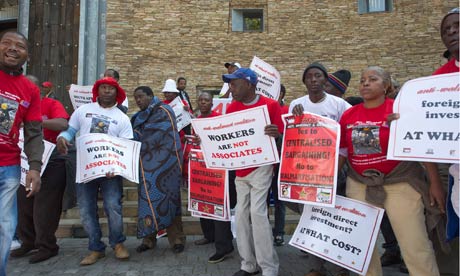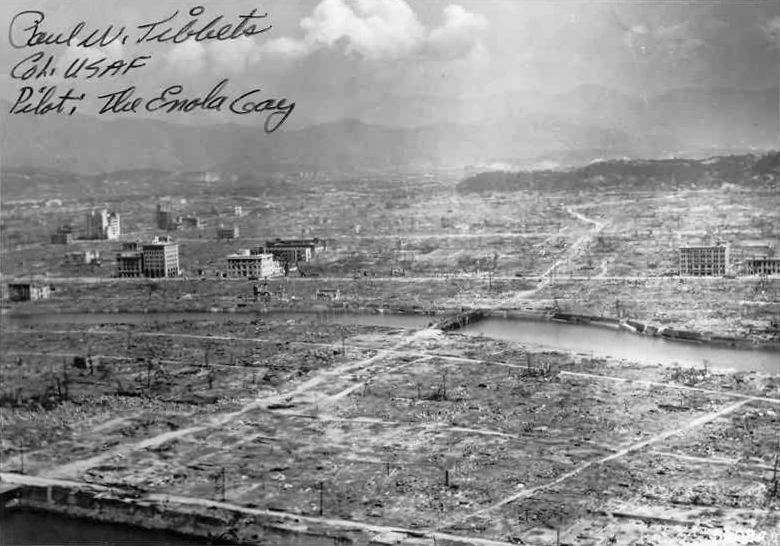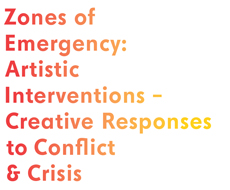For our final project, my group has been working towards proposing a ritual or festival as a way of enabling the people of Minami Sanriku to map out their emotional landscape as they work to rebuild their physical infrastructure that has been destroyed. As my group members have already mentioned, our proposed ritual starts with a return from the hills back to the town in the lowlands. Starting with a sound signal, the people will retrieve balloons from the hillside and walk to the locations at which their memories are strongly tied. While the sun is up, they can mark sites of memories with a mixture of seeds and pigment, and as the sun goes down, their balloons will illuminate, and the locations of their memories will be marked with light. The whole process will be recorded from above, and a new map of the emotional landscape of Minami Sanriku can be produced. The people can leave their balloons with their strongest memories, and head out to the water with their fellow townsmen.
This ritual is the culmination of my group members’ individual ideas. We all wanted to find a way to map out and recreate the emotional landscape of the town, but had different approaches. Our ideas naturally flowed together into a unifying process. My contribution to the ritual is the implementation of light as one of the ways to map the infrastructure of memories. By viewing the lights at night, we can see the locations of the memories without the need for physical infrastructure.
Coming from a physics background, I have always been very fond of light and its beautiful characteristics. I have seen images of the Earth at night taken from space and have noted their complete lack of physical features—they only show peoples’ locations. Many maps of Minami Sanriku show the physical landscape before and after the tsunami. Using this method of mapping light would allow the people to see how their town has stayed the same, rather than how it has changed, just as the light from dead stars still shines brightly in the night sky.
I have been trying to find the appropriate method of illuminating our balloons, and through my group’s discussions, we have decided to place the lights inside the balloons so that they will glow as light beacons, incorporating light into the beauty of the gift, and not using it solely as a memory marker from above.









